Organizing the kitchen starts with having a trusty selection of food storage containers. Whether you’re into meal prepping, saving last night’s dinner, or tired of stale snacks, the right containers give your kitchen routine a real boost. Here I’m sharing the food storage options I rely on, plus simple tips to help you choose what truly fits your style and space.

Why Reliable Food Storage Containers Matter
Food storage might sound basic, but good containers are key if you want to keep food fresh and your cupboards clutter-free. A solid lineup stops leaks, preserves flavors, and stands up to daily wear. According to the Food and Agriculture Organization, food waste is a major issue worldwide, and making smart storage choices helps cut back on what gets thrown out. The right container isn’t just about keeping things tidy—it saves money, keeps food safe, and takes the stress out of cleaning up.
Food storage containers have gotten pretty eye-catching these days. Features like freshness valves, leakproof lids, stackable designs, and materials ranging from glass and stainless steel to silicone and BPA-free plastic give lots of options. Getting familiar with your choices helps you keep everything from lettuce to lentils in tip-top shape.
Top 10 Food Storage Containers You Need In Your Kitchen
Your core collection comes down to knowing what actually works. Here are the top containers I rotate through all week—they’re useful and don’t end up ignored in the back of a cupboard:
- Glass Locking Containers
Glass containers with snap-on lids pull double duty. They’re oven, microwave, and freezer safe, never stain, and keep air out so food stays good longer. I like keeping multiple sizes on hand for everything from baking leftovers to lunch salads.
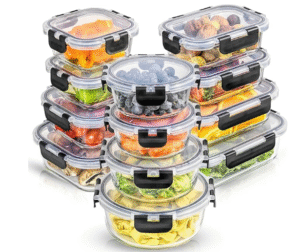
- Plastic BPA Free Meal Prep Containers
When you want something lighter for assembling lunches or prepping weekly dinners, BPA free plastic containers work well. Choose ones with compartments if you pack mixed meals often. These are sturdy—and great for kids since they don’t break easily.
- Stainless Steel Lunch Boxes
Perfect for those avoiding plastic, stainless steel doesn’t hold onto odors or colors, and lasts ages. Many come with silicone-lined lids for leakproof storage. They’re great for anything from sandwiches and apple slices to bulk pantry ingredients.
- Stackable Pantry Bins
Clear bins make it a breeze to grab what you need. Usually plastic, they’re suited for snacks, pasta, or baking goods and really step up the organization in your pantry. Shelves stay neat and you see exactly what you’re running low on.
- Vacuum Seal Containers
Air is the enemy of freshness, and vacuum seal containers pump it right out, making your produce or cheese last days longer. These are especially smart if you bulk-shop or prep meals ahead of time.
- Mason Jars
Great for more than just canning, mason jars are classic for overnight oats, storing homemade soup, or keeping broth fresh. Durable and good-looking, they double as drinking glasses in a pinch.
- Silicone Reusable Bags
Say goodbye to single-use plastic bags. Silicone bags are dishwasher safe and flexible for storing chopped veggies or marinating meats. You can even use them in the microwave. When empty, roll them up—they don’t hog space.
- Ceramic Storage Bowls with Lids
No stains or weird flavors with ceramic. These bowls come with tight-fitting lids and are perfect for leftovers or tossing together a fresh salad. Plus, if you’re set on dishes that look good on the table and in the fridge, these are a win.
- Divided Glass Containers
Love keeping rice and sauce apart until it’s time to eat? Divided glass containers are a favorite for anyone who likes their lunches neatly organized. They’re also handy for bento-style snack boxes.
- Clear Plastic Produce Keepers
With vents and raised trays, these containers manage humidity so greens and herbs stay crisp instead of wilting. They tidy up your fridge and prevent forgotten lettuce from turning into goo.

Choosing the Best Food Storage Container Materials

The material really changes how a container works in your kitchen. Here’s what I keep in mind when shopping:
- Glass: Nonporous and chemical-free, easy to clean, but on the heavier and more breakable side.
- Plastic: Lightweight and affordable—just check for BPA free options. Scratches and stains may show up eventually.
- Stainless Steel: Durable and a bit stylish, but you can’t see what’s inside so label it. Plus, not for the microwave.
- Silicone: Flexible, fine for heating, and reusable, though sometimes holds strong scents from garlicky or oniony foods.
- Ceramic: Top choice for reheating and even serving, though heavier and sometimes not as airtight as plastic or glass.
Most kitchens benefit from mixing and matching—a few glass containers for leftovers, silicone bags for snacks, and pantry bins for dry goods. That way your storage covers any situation.
Glass vs. Stainless Steel: Which is Better?
This question pops up often and honestly, there’s no one-size-fits-all answer. I use both and here’s why:
Glass lets you see what’s inside, always a plus when you’re standing in front of the fridge. You can heat leftovers in the microwave or oven without transferring dishes. It never stains from foods like tomatoes, cleans up easily, and doesn’t smell. Glass suits meals you want to reheat and anything acidic or colorful.
Stainless Steel wins big for travel. It’s lightweight and doesn’t shatter if dropped—a relief for packed school lunches or hikes. It’s also chemical-free and won’t pick up odd flavors. You do need to remember what’s inside, so labels help, and you can’t pop these in the microwave.
Plenty of people combine both. Glass is ideal in the fridge and freezer, while steel is awesome for on-the-go and dry pantry storage.
The Best Glass Food Storage Containers
Some glass storage brands rise above the rest for durability and design. Take a look at my top recommendations:
- Pyrex Simply Store: A budget-friendly favorite. Strong glass, snug lids, and easy to buy extra lids if you misplace one.
- OXO Good Grips Smart Seal: Secure tabs that click shut, tamper-resistant, airtight, and surprisingly easy to stack.
- Glasslock Oven Safe: Clean looking, airtight seal, and holds up in both freezer and oven. Some versions bring a pop of color to the lids.
- Anchor Hocking TrueSeal: Thick glass, tight silicone lids, and loads of sizes for different foods. Swaps hot and cold easily.
Each of these brands avoids sketchy chemicals, never picks up weird smells, and rinses clean with zero fuss.
Tips for Getting the Most Out of Your Storage Containers
Great containers are one-half—the other is how you use them. Try these habits to keep things running smoothly:
- Let food cool before sealing; this helps avoid sogginess.
- Label leftovers by date. You won’t have to guess days later.
- Organize and stack by size to save space and stop lid avalanches.
- Choose containers that nest together when empty—storage becomes easy.
- Prefer clear containers or see-through lids for a grab-and-go fridge experience.
Small tweaks like these can make meal prep less chaotic and help avoid those “mystery container” moments when cleaning out the fridge.
Frequently Asked Questions
What are the best storage containers for food?
The best containers are usually glass or stainless steel since they’re long lasting, nonreactive, and easy to rinse. BPA free plastic is also useful and light, especially for snacks or pantry items. A good glass locktop set or sturdy stainless lunchbox will last for years.
What is the best material for food storage containers?
The right material depends on how you use it. Choose glass for easy heating and seeing inside; it’s tough, stainproof, and chemical free. Stainless steel is lighter, shatterproof, and ideal for carrying meals anywhere. High quality BPA free plastic is great for dry goods or occasional leftovers.
Is it better to store food in glass or stainless steel?
Both have their place. Glass is tops for heating and fridge storage, since you’ll always see what’s inside. Steel is lighter, travels well, and won’t break. Most people use a mix for the best flexibility.
What are the best glass food storage containers?
Some winners are Pyrex Simply Store, OXO Good Grips Smart Seal, Glasslock Oven Safe, and Anchor Hocking TrueSeal. They’re reliable, clean easily, and don’t pick up lingering odors or colors.
Build a Kitchen That Works for You
Finally, picking the right containers can really change how you feel about leftovers and meal prepping. Nobody needs the stress of mismatched lids or random leaks, so giving your kitchen a few quality picks brings instant sanity. I love any trick that helps food last longer and keeps counters clear.
If you’re game to experiment with different styles (and honest about what matches your habits), you’ll stumble upon a combination that fits how you actually eat and cook. Meal prepping, snack stashing, or straight up organizing pantry goods—there’s a simple solution for every kitchen.
© 2025, Teresa. All rights reserved.
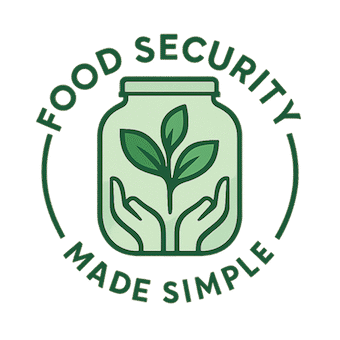
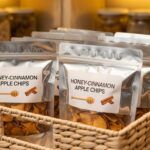
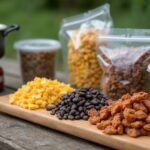



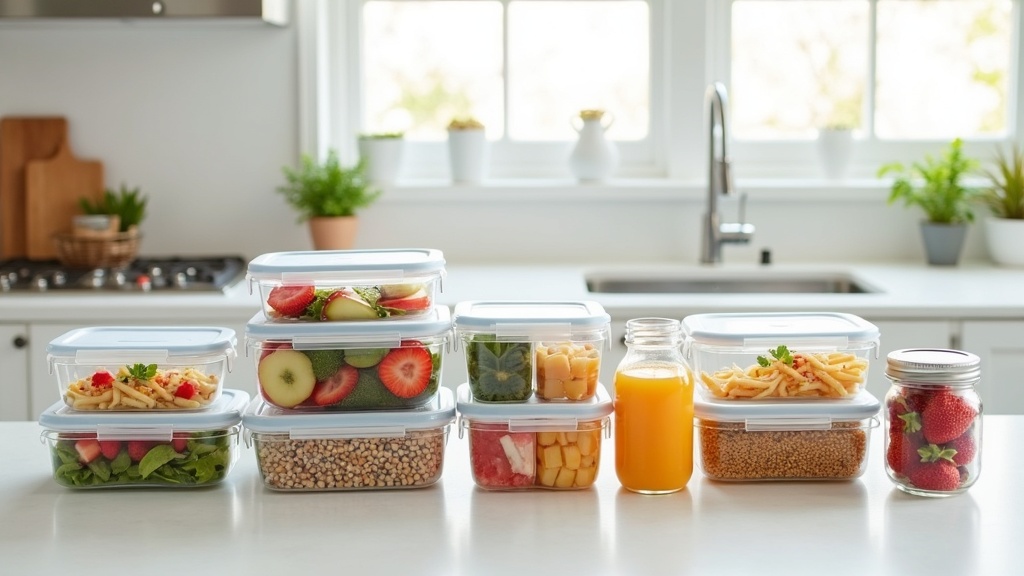
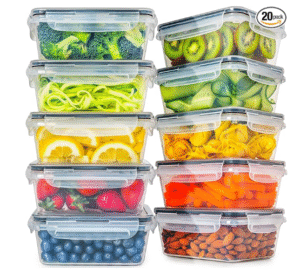
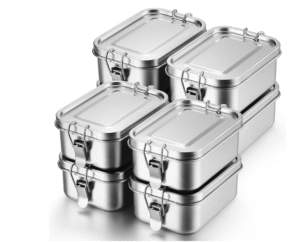


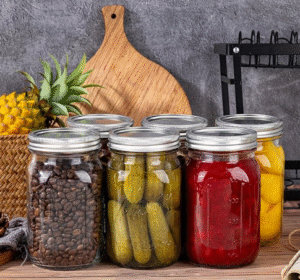


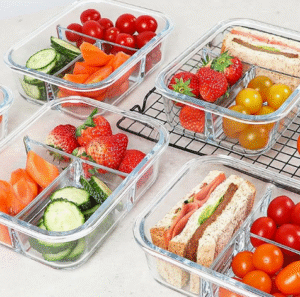
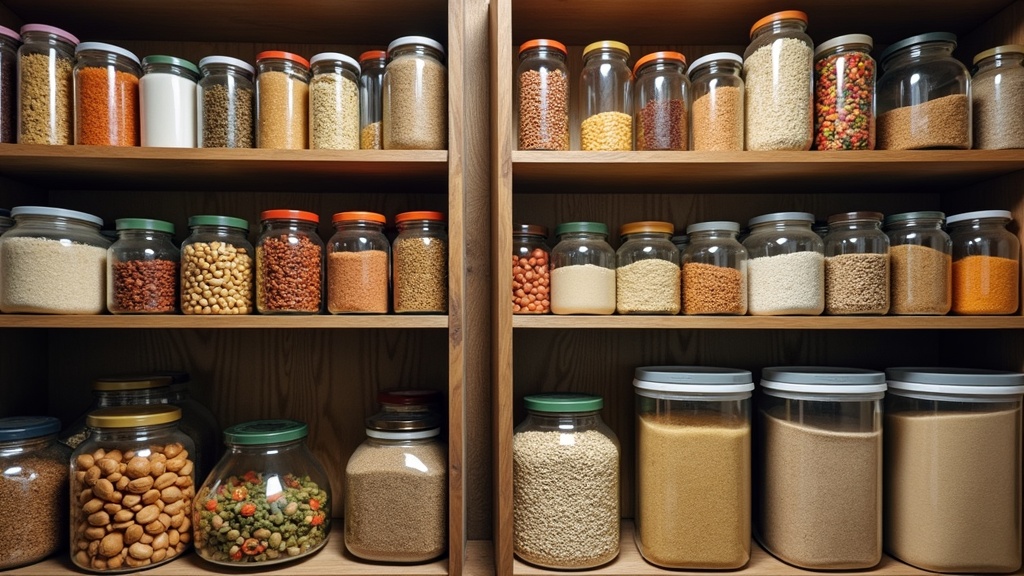
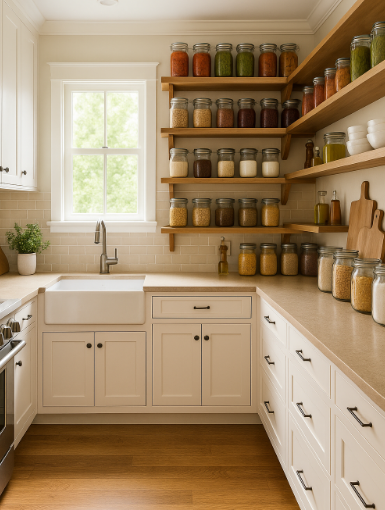
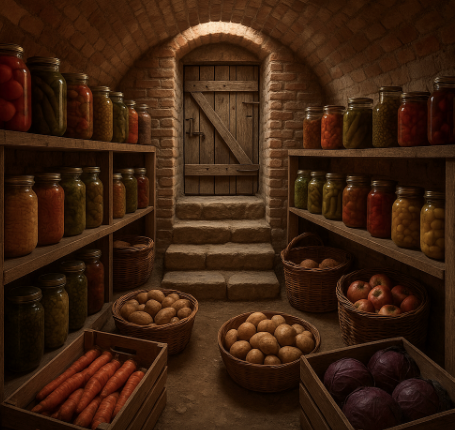
It always amazes me just how many options there are out there for food storage and other forms of home organization and efficiency. It’s a weird thing to get overwhelmed by, but it can be hard to know what’s best. Some plastic is unsafe and unhealthy, but glass is heavy… anyway, you’ve laid out a great list of options here.
I’m trying to improve my meal prepping skills and make leftovers last, so I appreciate you weeding out the list and presenting us with the best options. The divided containers are actually brilliant for packing lunches ahead of time for work and other events. I may just have to order a few of those.
I’m so glad you found the list helpful! It really can be overwhelming with so many options out there, but once you find what works for you—like those divided containers—it makes meal prep and leftovers so much easier. I think you’ll love how convenient they are for lunches!